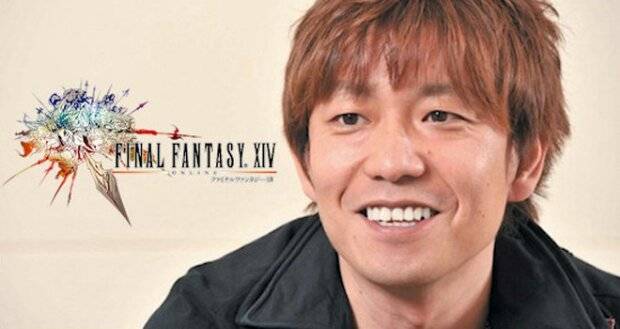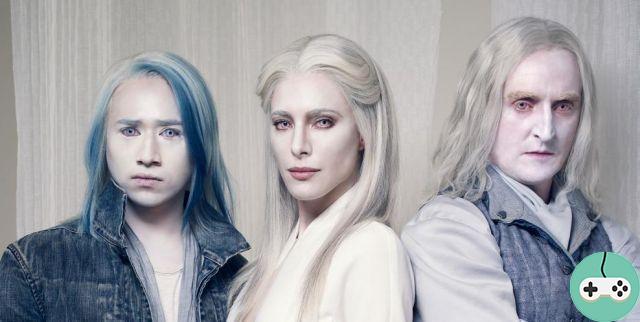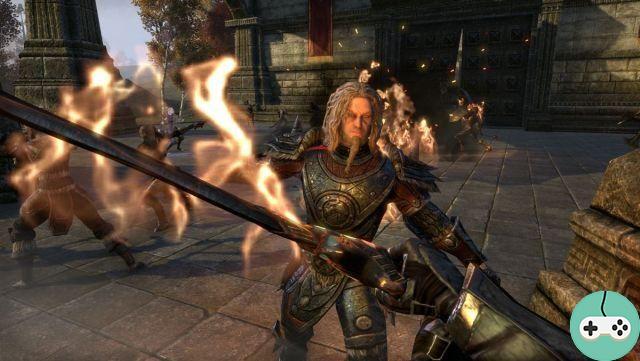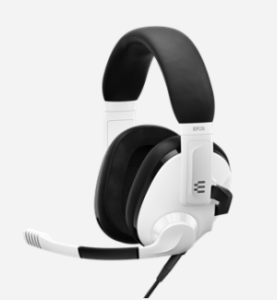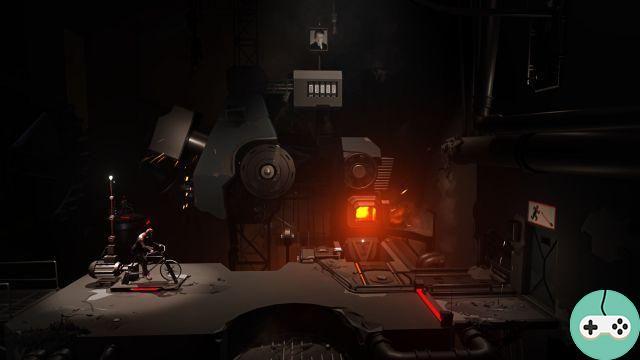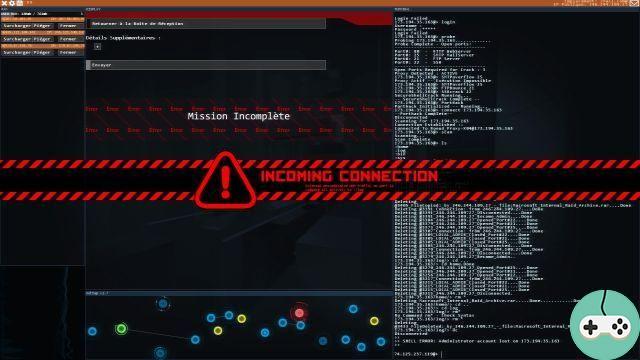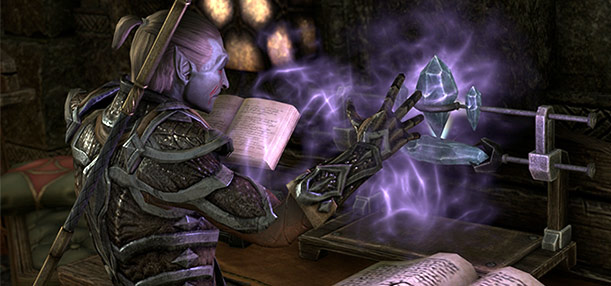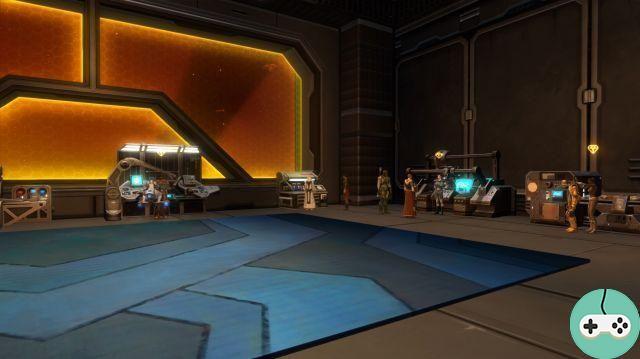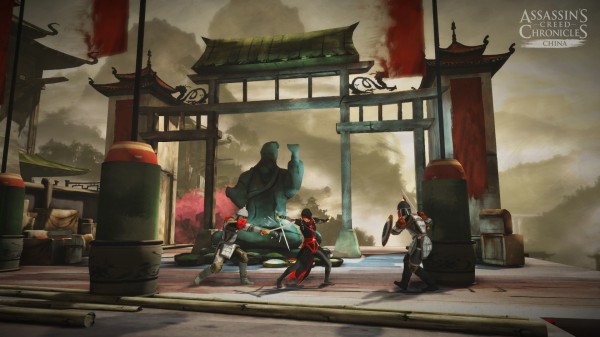What could be better than playing F1 Manager on a Grand Prix Sunday? The officially licensed simulation game was released on August 25, in full gamescom.
The game begins with the creation of its Formula 1 team, to be chosen from among the ten current teams. Each team has a rating, a budget, and goals, for the season or the long term.
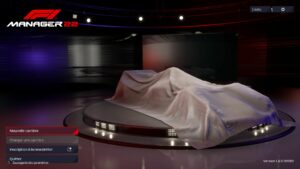
Other tabs give detailed information about the team, with its current performance compared to the rest of the grid, its employees (including the two drivers, supplemented by the reserve driver, but also staff such as race engineers) and its history. There is just one name missing from these lists: the Team Principal. The one who represents the face of the team, both on the pit wall and in the media. Toto Wolf (Mercedes), Mattia Binotto (Ferrari), Christian Horner (Red Bull)... Even if I understand that this role is the one that will be given to the player, it is nevertheless a shame not to name them at least when we knows their preponderant role, race weekends or at the factory.
| Classification | Season goal | Long term goal | Budget | |
|---|---|---|---|---|
| Mercedes | 5 | 3e | Constructors Champion | High |
| Red Bull | 4,5 | 1re | Constructors Champion | High |
| Ferrari | 4,1 | 1re | Constructors Champion | High |
| McLaren | 3,8 | 5e | Constructors Champion | Medium |
| Alpine | 3 | 4e | Constructors Champion | High |
| Alpha Tauri | 2,5 | 6e | Podium contender | Medium |
| Aston Martin | 2,6 | 8e | Points contender | High |
| Williams | 2,4 | 9e | Points contender | Low |
| Alpha romeo | 2,2 | 5e | Podium contender | Low |
| Haas | 2,1 | 6e | Podium contender | Low |



Of course, I stop my choice on Mercedes and I activate the help options.

From our dashboard, everything is manageable, from managing team development, to overseeing finances, to making decisions about race day strategies. Really the role of Team Principal! The objective remains to maintain the confidence of the board, which requires the success of the objectives for the season and over the long term. In my case, Mercedes wants to finish 3rd or higher, with the aim of becoming constructors' champion again.
We start the game on March 7, 2022. Eleven days before the Bahrain Grand Prix (which took place from March 18 to 20). The budget is comfortable, with more than 42 million dollars in the pocket. A sum that may seem significant but which, reduced to the sums to be spent to develop the car, and everything that surrounds it, will quickly go away.

The first emails get straight into the mix, with three important topics: the team in charge of developing the car, the obligations towards the sponsor and a request for approval of the budget for the launch party of the season. I approve of this party without delay. It costs $10, but improves pilot and staff morale. As far as sponsorship is concerned, various events are mandatory, whether at the factory or during race weekends. These days make it necessary to monopolize the equipment to please the sponsors, which prevents the employees from taking full advantage of the facilities. For example, this will stop the manufacture of parts for a few days. But hey, we have to bring in the money! The merchandising is also present, articles created in the colors of the team or the pilots, with of course the sponsors in good place. In this case, the initial cost is compensated by the income generated by the sales. I don't have much to manage on this side for the first season because the obligations were negotiated before my arrival. A very organic way to simplify the start of the game!
A few days pass. It is now Friday March 18, the day of free practice in Bahrain. Jarrod Murphy (head of aerodynamics) delivers a report that gives estimates of how our cars compare to others. Things are looking bad. According to him, it is at best 5th for corners at low or medium speed (7th at high speed). At worst, it drops to 13th position on the engine cooling part. Peter Bonnington, Bono for his friends, recalls the important elements to check before a race: plan the strategy, validate performance objectives and review the configuration of the car.

The "Course" tab takes care of all that. Here are collected the statistics on the circuit, the weather forecast, the probabilities of a safety car, the time lost in the pit lane... The performance objectives are linked to the qualifying session, the race itself or a series of finishes. Adding Collateral, an optional objective, reduces the original weekend payout, but the bonus on success is far greater than the reduction... It's a potential risk worth taking, with huge rewards...or financial loss.


Now that everything is validated, the weekend begins, with respect for the classic format: the three free practice sessions, a qualifying session and the race, the main event. The preparation of the cars is pre-chewed by the teams, so there is no need to change tires, parts, configuration or the session plan. Similarly, the tests can be simulated thanks to the team's proposals. Even if nothing prevents to take the hand, or in any case to snoop in the options. Besides, speaking of options, there's no shortage of them... I'm not going to list them all, that would be long and daunting. Just a word on the possibilities that concern pilots, there are three of them: pace (conversation, light, standard, aggressive, attack), fuel consumption (conserve, balance and push) and ERS strategy (the frequency of accumulation or storage of energy on a turn with recovery, neutral and deployment).

Free practice sessions earn percentages on three points: track knowledge, parts knowledge and car configuration. Hamilton thus finishes at 100%, 64% and 69%. Russell is 100%, 64% and 72% to him. They will both have performance bonuses of 11 (out of a maximum of 15) for qualifying and the race.


Qualifying is more fun, so I decide to manage it, with the choice of tires and when to send the car back to the track to ensure a passage in Q2, then in Q3. As on the real circuits, everything is a question of balance between the traffic (less at the beginning) and the improvement of the track (the times achieved at the end of the sessions are always better than those achieved at the beginning because the track improves) . The reconfiguration of the car is possible, within the limits of the closed park legislation (therefore the angle of the front wing or the replacement of damaged parts identically).



Racing offers the same kind of control, this time with the decision to call the driver into the pit to change tyres, choosing the number of stops. Strategies are to be planned before departure, but it is only a plan. Nothing prevents you from changing according to the strategies of other teams, the vagaries of the race or premature tire wear. No need to be a specialist to choose the strategy, choices are offered by the experts, which you just have to follow. During the race, it is possible to act on the pace (which impacts the overheating of the tires), the fuel (knowing that it is forbidden to refuel during the races) and the ERS of each driver. Random errors are generated by the system and can occur at any time (small pilot error, leaving the track, collision) completely changing the course of a race, just like in real races.



From the moment there is a takeover, the screens lead to immersion on an interface very similar to that offered by F1 TV. The Global Card is mandatory if the accelerated speed is greater than x4. At lower speeds (x1 or x2), different cameras follow the car as close as possible to the track. Including a cockpit view very similar to what driving simulators offer. The good actions, such as overtaking or errors, are offered in replay. A click and it loads the scene in question, in a view very close to what is presented on television. Of course, here, no driving. But a manual mode that gives full control over the pace, lift and coast and ERS strategies. Immersion is also ensured by various graphs, which give details on the times of each driver in each sector, telemetry, wear of the parts of the car, the temperature of each of the tires...


For my first race, I managed to replicate the podium from the first round of 2022:

Pilots earn experience points, adjusted by development potential (the pilot's ability to improve based on their past experience). So Hamilton, with his years of experience, has less leeway than a young driver like George. It's also time to checkout for sponsors depending on the objectives chosen and the potential guarantees selected. I made a good operation thanks to the excellent results of my pilots, just over 5 million dollars. Council is delighted! My rating is at its highest, the season is off to a good start.


Between the races, a new, more technical phase begins, with a lot of figures and statistics that will delight mathematicians.
To help with sorting, improvements are recommended in the debriefing sent by email. Thus, Peter Bonnington informs me that it would be good to provide a new part which improves the cooling of the Hamilton car. For his part, George could improve his performance in defense.
Each car is made up of nine parts, six linked to aerodynamics (chassis, front wing, rear wing, sides, flat bottom and suspension) and three to the engine block (engine, ERS and gearbox, chosen at the start of the season) . Performance is determined by twelve attributes. In other words, it's a real puzzle because a piece that improves one point can have a negative impact on another.
Different projects are to be launched to design parts and manufacture them. Parts can be boosted by allocating research budget, either wind tunnel hours or CFD (fluid mechanics) testing. But you have to do it sparingly because this boost is limited, the amount available being inversely proportional to the ranking in the constructors' championship of the previous year (so, playing with Mercedes, I have less budget because the brand was champion of the world in 2021). It is also possible to search for the following year once confirmation of the changes in regulations for the next season has been ensured. You must not lag behind other teams, which means improving your two cars (yes, any part must be made twice if you want to benefit your two drivers), without neglecting the manufacture of spare parts in anticipation of possible breakages.


Ultra technical and complete, borderline complex, F1 Manager 2022 is aimed at motorsport fans who already have a good knowledge of the rules imposed by the FIA. Neophytes will find it too difficult to understand, and above all they will probably find little pleasure in it. On the other hand, those who watch the Grands Prix regularly will find what they are looking for. A unique opportunity to relive racing seasons and create an alternate reality for your favorite team. The interface is perfect, a very faithful reproduction of what is used on television, the 3D renderings offer extraordinary immersion, for a game that I recommend to all F1 fans.
F1 Manager 2022 is available now on PC. See you at the first corner, as the presenters of Canal + would say!








